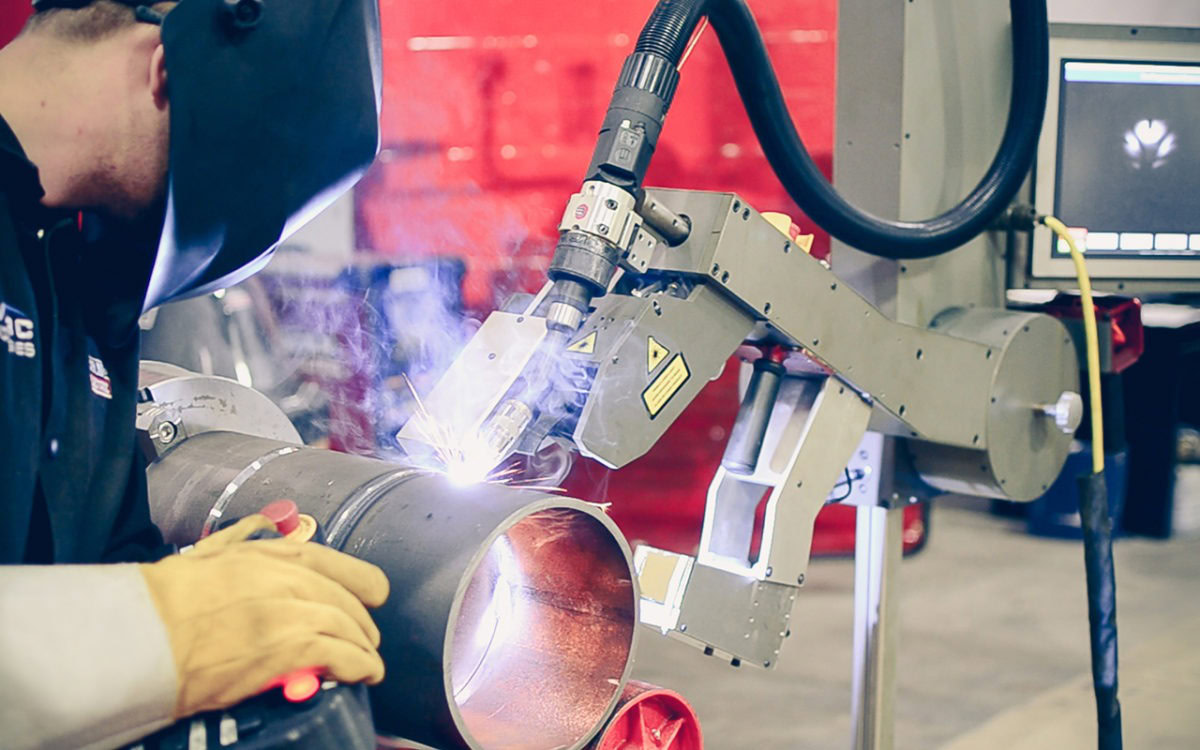How AI-driven cobots are improving productivity and efficiency
By: Soroush Karimzadeh
Published by: Welding Journal – May 2019
Almost all industries have seen massive changes over the past few years, with many of those changes driven by advancements in artificial intelligence (AI) and robotics. Those changes have also created solutions to a number of issues in manufacturing, one of the largest being automation of tasks conducted by highly skilled labor. In the welding industry, however, where skilled welders are in exceptionally high demand, the application of such technologies to help skilled laborers could be considered ground zero.
Growing Need for Artificial Intelligence
The American Welding Society has previously stated that the average age of a welder in the United Sates is 54 years old, foreshadowing a shortage of 400,000 welding industry personnel by 2024. It is now generally accepted on a global level that we are facing a looming skilled labor shortage that will affect a number of industries, including oil and gas, general fabrication, and construction.
Collaborative robots (cobots) driven by AI, initially designed to enhance or replace the capabilities of unskilled labor, are now seen as one of the most significant development within Industry 4.0. In fact, new cobots that are commercially available to the welding industry not only allow less skilled operators to fill the gap in the availability of highly skilled welders, but they also contribute to weld quality and high productivity. Read More.
